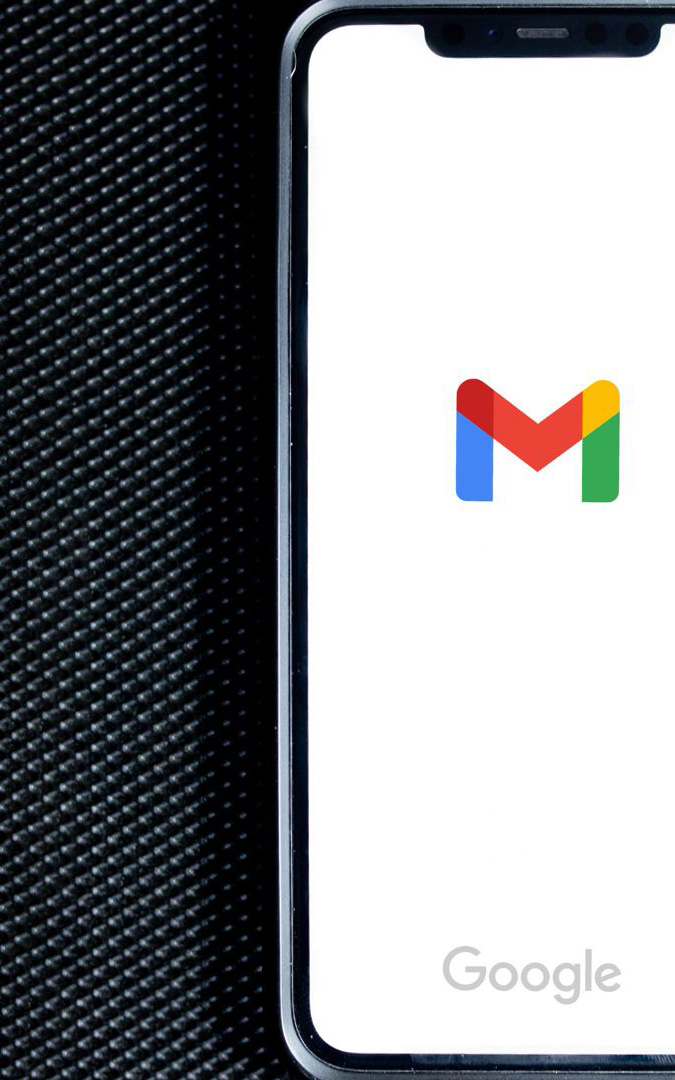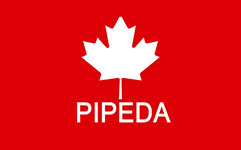In a bid to enhance email security and reduce spam, Google has announced significant changes to its handling of emails. New requirements will be put into place impacting all Gmail business senders as well as businesses that send more than 5,000 messages to Gmail addresses daily.
Set to take effect in February 2024, these changes aim to authenticate senders, simplify the unsubscribe process, and enforce a spam rate threshold. As a business owner or marketer, it’s crucial to understand how these alterations may impact your email communication strategy and take proactive steps to ensure uninterrupted access to your employees, customers, and prospects.

Authentication Requirements
Google, a pioneer in leveraging AI to combat spam, introduced a policy last year requiring emails sent to Gmail addresses to undergo authentication. This verification ensures that the sender is legitimate. However, with the prevalence of insufficiently secured systems, Google now mandates bulk senders to strongly authenticate their emails following established best practices by February 2024. This step aims to bolster the security of email communications and reduce the risk of malicious actors infiltrating legitimate senders’ lists.
Streamlined Unsubscribe Process
Bulk senders will be required to provide a hassle-free one-click unsubscribe option for recipients. Additionally, Google mandates that unsubscribe requests must be processed within two days. This emphasis on user-friendly opt-out mechanisms aligns with Google’s commitment to providing Gmail users with a safer and more enjoyable email experience. Businesses need to review and update their email marketing practices to incorporate these streamlined unsubscribe procedures.
Clear Spam Rate Threshold
In an industry-first move, Google will now enforce a clear spam rate threshold for bulk senders. This means that businesses sending emails to Gmail users must stay below a specified spam rate. If a significant number of users mark a sender’s emails as spam, the sender risks losing access to users’ inboxes. To avoid potential disruptions, businesses should monitor and optimize their email content, ensuring it aligns with subscribers’ expectations and preferences.
Sender Requirements:
Gmail requirements for all senders
- Implement SPF or DKIM email authentication for your domain.
- Ensure valid forward and reverse DNS records (PTR records) for sending domains or IPs.
- Use a TLS connection when transmitting email. Refer to Google Workspace for steps on requiring a secure connection.
- Maintain spam rates below 0.10% in Postmaster Tools, avoiding a spam rate of 0.30% or higher.
- Format messages according to the Internet Message Format standard (RFC 5322).
- Avoid impersonating Gmail From: headers, as Gmail will enforce a DMARC quarantine policy.
- If regularly forwarding email, including via mailing lists or inbound gateways, add ARC headers for forwarded messages. Mailing list senders should also include a List-id: header specifying the mailing list in outgoing messages.
Gmail requirements for sending >5,000 emails per day
- Implement SPF and DKIM email authentication for your domain.
- Verify valid forward and reverse DNS records (PTR records) for sending domains or IPs.
- Utilize TLS connections for email transmission; refer to Google Workspace for setup instructions.
- Maintain spam rates below 0.10% in Postmaster Tools, avoiding rates of 0.30% or higher.
- Conform to the Internet Message Format standard (RFC 5322) for message formatting.
- Avoid impersonating Gmail From: headers due to Gmail’s upcoming DMARC quarantine enforcement policy.
- For forwarded emails, add ARC headers to indicate forwarding, and include a List-id: header for mailing list senders.
- Set up DMARC email authentication with a policy set to none for your sending domain.
- Ensure alignment of the domain in the sender’s From: header with SPF or DKIM domains for direct mail to pass DMARC alignment.
- For marketing and subscribed messages, enable one-click unsubscribe and include a clearly visible unsubscribe link in the message body.
Google’s Collaboration with Industry Partners
Google is working closely with industry partners, including Yahoo, to establish these policies as the new industry standard. Marcel Becker, Senior Director of Product at Yahoo, emphasized the importance of collective efforts in ensuring a safe and secure email experience for all users. Businesses are encouraged to collaborate with their email service providers and stay informed about industry-wide initiatives to align with these upcoming changes seamlessly.
As Google takes proactive steps to fortify email security and reduce spam, businesses must prepare for the impending changes set to roll out in February 2024. By adhering to authentication protocols, streamlining unsubscribe processes, and maintaining a low spam rate, businesses can safeguard their email communications and ensure continued access to their target audience. Embracing these changes not only aligns with industry best practices but also contributes to a more secure and efficient email ecosystem for businesses and users alike.




